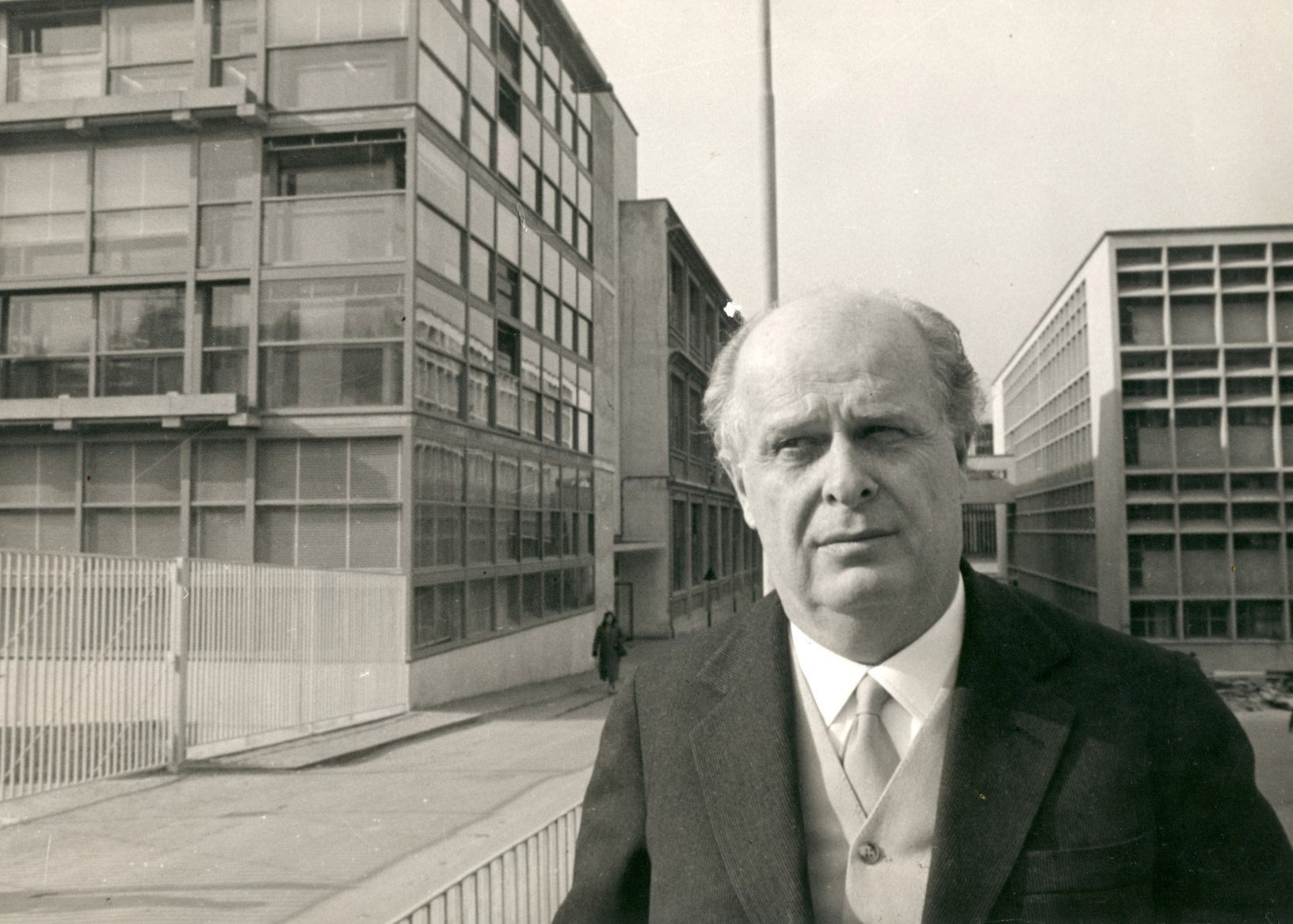
 italia.it
italia.it
Italian culture and history: Ivrea Industrial City of the Twentieth Century
- WTI Magazine #147 Jan 22, 2022
-

 italia.it
italia.it
"Ivrea Industrial City of the Twentieth Century" is the 54th Italian UNESCO site. The recognition was deliberated during the work of the 42nd World Heritage Committee of the United Nations Educational, Scientific and Cultural Organization. An important recognition for a positive idea (the possible "humanization" of industrial and social transformations, and their potential compatibility with the wellbeing of local communities) that the technical skills of great professionals have transformed, here in Ivrea, into tangible achievements.
The Industrial City of Ivrea is an industrial and socio-cultural project of the Company founded in 1908 by Camillo Olivetti, progressively developed from the 1930s to the end of the 1960s.
It was above all the visionary genius of Adriano Olivetti to want to concretely demonstrate the existence of an effective and practicable alternative to the industrial (and industrial architecture) models that, with the absolute purpose of creating wealth and jobs, subordinated any choice (including urban planning) to the needs of production, with effects that had an invasive effect on the urban development, on the environment and on the social processes themselves.
The industrial city of Ivrea is, therefore, an exceptional example both for the quality of the solutions proposed and for the "participated" methods of its implementation.
The site consists of a complex of buildings designed by the most famous Italian architects and urban planners of the twentieth century, recognizable in the urban fabric of the city in a comprehensive, rational and deeply pondered design. In the district, which fits perfectly and - indeed - completes the urban fabric of the city, we distinguish between industrial areas, and buildings intended for residential and social services.
Among the buildings for the production, true rationalist masterpieces the Thermal Power Plant, conceived by Edoardo Vittoria in 1959, the Carpentry, conceived by Ottavio Cascio in 1956 and realized by recovering an original building from 1927, the Building ex Sertec, concept of Ezio Sgrelli dated 1968, the Olivetti engineering site for civil and industrial building services in Italy and abroad, which, as such, had to demonstrate the company's propensity for innovation in a plastic way.
Among the residential buildings, the Casa Popolare di Borgo Olivetti was formidable, designed between 1939 and 1941 by the trusted urban planners Luigi Figini and Gino Pollini, the Building 18 lodgings, designed in 1956 by Marcello Nizzoli and Gian Mario Oliveri, and finally the more recent West Residential Unit (Talponia) designed between 1968 by Roberto Gabetti and Aimaro Oreglia d'Isola with Luciano Re, between 1968 and 1971.
For social services intended for the factory and the significant city is the Social Services Center, a work of the "usual" Luigi Figini and Gino Pollini (assisted by production technicians Roberto Guiducci and Paolo Radogna), whose design has developed between the 1954 and 1959, and - fundamental - the nursery school in Borgo Olivetti, always the work of Figini and Pollini. Interior furnishings designed by the company technical office, directed in those years by the architect Gian Antonio Bernasconi. The building (and its play area) is still used for the childcare services of the Municipality of Ivrea, demonstrating the absolute functionality of the spaces conceived in 1939.